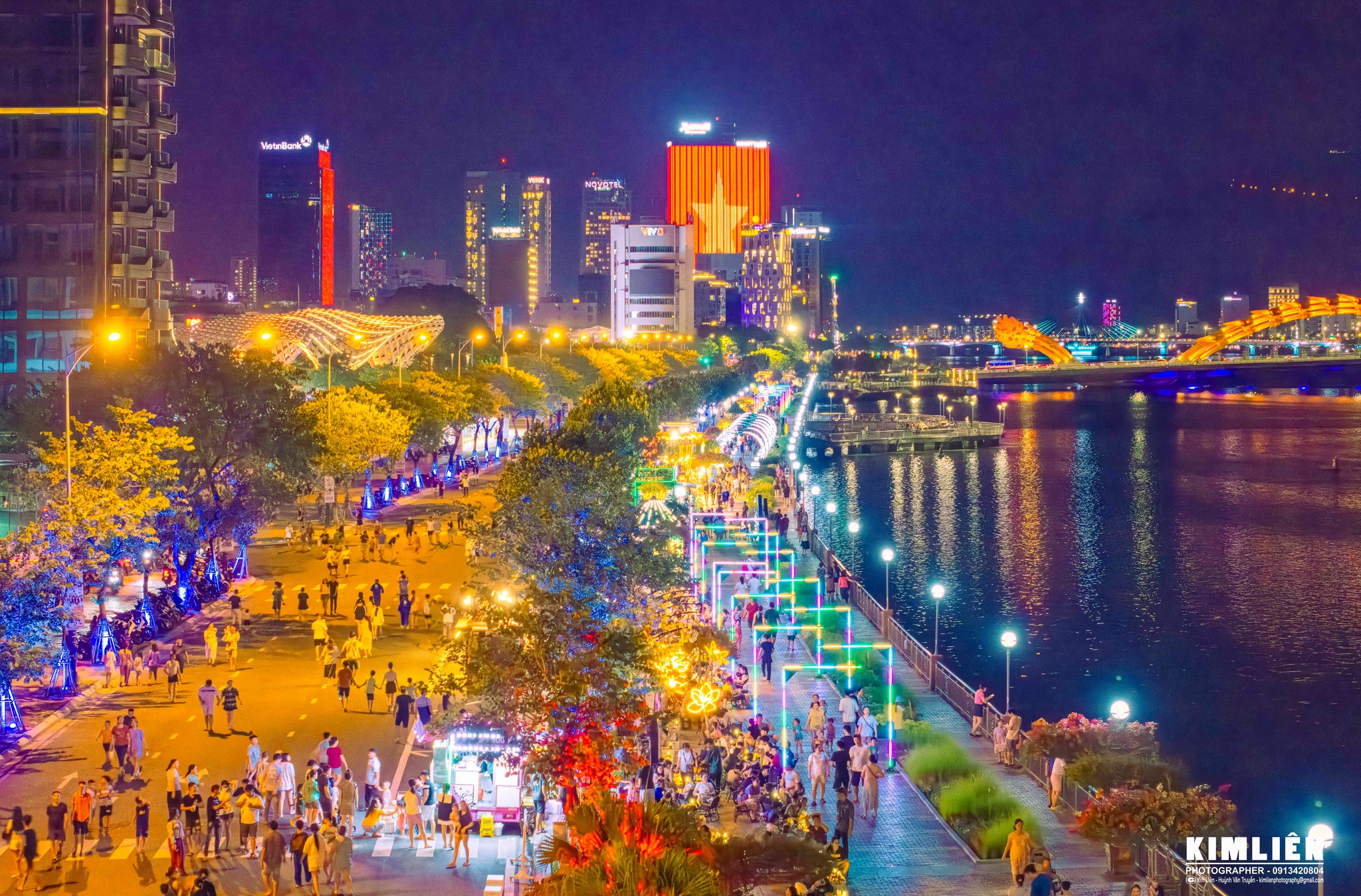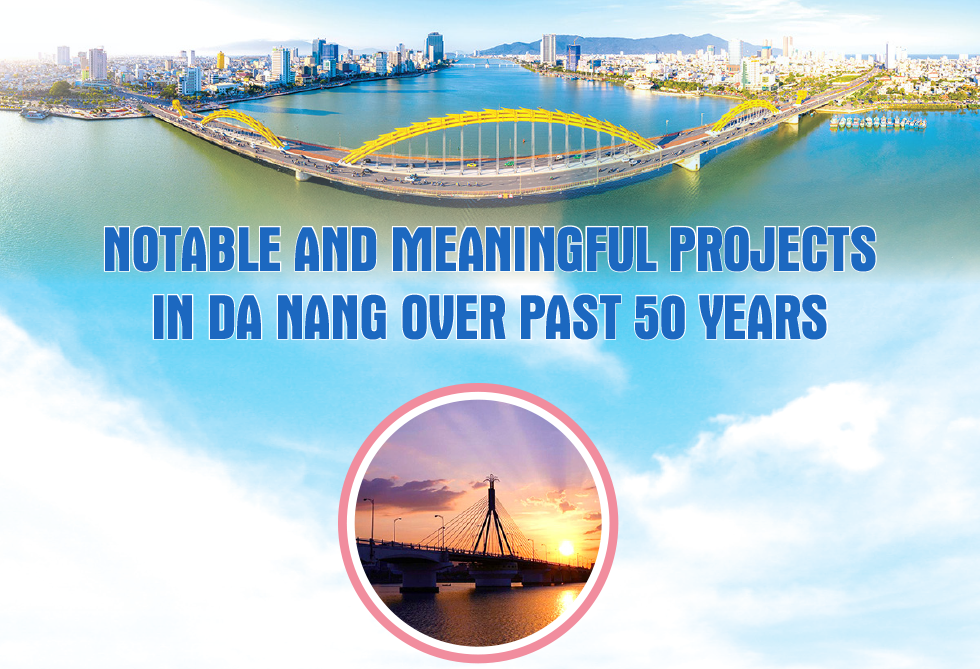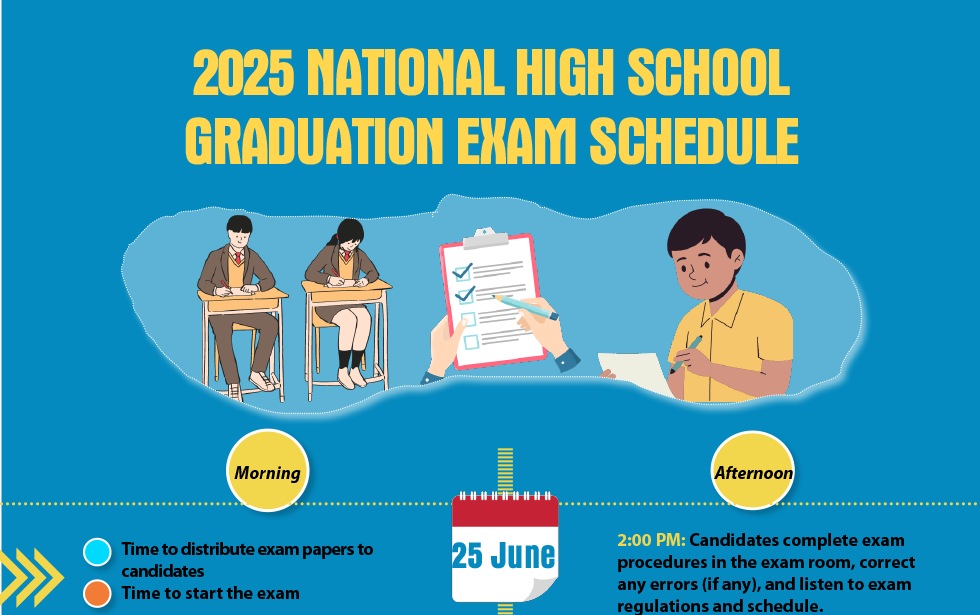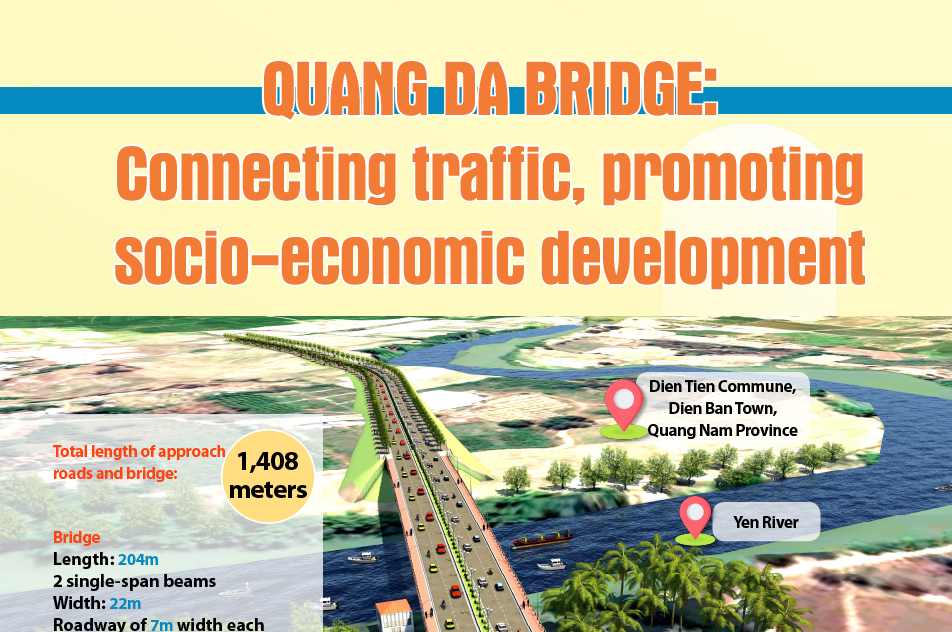Resolution for liberating scientific thinking
Da Nang is one of the localities that has promptly implemented the plan to execute Resolution No. 57-NQ/TW from the Politburo regarding breakthroughs in the development of science, technology, innovation, and national digital transformation—considered a "contract 10" in the field of science and technology.
 |
| A corner of the city by Han River. Photo: KIM LIEN |
Following the nationwide online conference to implement Resolution No. 57-NQ/TW from the Politburo, held at the Dien Hong Hall in Hanoi, at the Da Nang Administrative Center, Central Committee member, Secretary of the City Party Committee, and Head of the City’s National Assembly delegation Nguyen Van Quang—who is also the Head of the Steering Committee for implementing Resolution No. 57-NQ/TW—quickly disseminated Da Nang's action plan aimed at translating revolutionary policies into real-life practices.
This is absolutely not a move to take advantage of time to finish things for the sake of it, but it genuinely addresses the most fundamental issue in understanding and implementing the Central Government's resolutions. The right policies and strategies can only become a driving force for national development when words are matched by actions, and when the content of the resolutions is transformed into tangible products that yield immediate results.
Identifying the bottlenecks and barriers that “slow down the speed and breakthroughs in the development of science, technology, innovation, and national digital transformation; the scale, potential, level of science, technology and national innovation are still far behind the group of developed countries "— as stated in Resolution No. 57-NQ/TW—is not a new issue. Even in Resolution No. 20-NQ/TW from the 11th Central Committee of the Communist Party regarding the development of science and technology to support the process of industrialization and modernization within a socialist-oriented market economy and international integration, it was highlighted that “investment in science and technology remains low”, and that “the management mechanisms for scientific and technological activities have been slow to innovate; financial mechanisms are still not reasonable.”
However, Resolution No. 57-NQ/TW has inspired those working in the fields of science, technology, innovation, and digital transformation across the country. During his keynote speech at the online conference, General Secretary To Lam, who leads the Central Steering Committee for implementing Resolution No. 57-NQ/TW, not only clarified what "low investment" means—pointing out that "resources allocated for science and technology are limited, with the funding for research and development not reaching 0.7% of GDP, while the average in developed countries is 2%, and some even reach 5%"—but also explained what is "unreasonable" about the financial mechanisms: "scientists spend too much time—about 50% of their time—on procedures." More importantly, he affirmed that the main reason previous Party resolutions on the development of science and technology have not been effectively and timely translated into real-life applications lies in the implementation process.
Therefore, "by 2025, it is essential to complete the revision, amendment, or enactment of new legal regulations and policy mechanisms as soon as possible, removing all bottlenecks and barriers to the development of science, technology, innovation, and digital transformation. This aims to fully unleash creative potential and encourage a culture of bold thinking, taking action, and accepting responsibility."
As a researcher in the field of social sciences and humanities, I was initially quite concerned when I carefully read Resolution 57-NQ/TW. My area of study was only mentioned in two tasks: "investing in and upgrading the Vietnam Academy of Social Sciences" and "developing a digital culture to preserve national identity". I worried that during the implementation of this resolution, there would be an imbalance between the scientific and technological fields emphasized in Resolution 57-NQ/TW and the two areas of natural sciences and social sciences and humanities.
However, after listening to General Secretary To Lam's keynote speech at the online conference, I felt reassured. The Head of the Central Steering Committee clarified that Resolution No. 57-NQ/TW "does not replace previous resolutions" but should be viewed as a "Resolution to liberate scientific thinking", a "Resolution to implement other resolutions", and an "Action Resolution" with very specific goals aimed at transforming mindsets and approaches to realize policies and eliminate barriers. He particularly emphasized that “breakthroughs must occur in both the natural sciences and social sciences”, while also noting that current focus should be on several key areas, including digital culture.
Reflecting further on the implementation of Resolution No. 57-NQ/TW regarding breakthroughs in the development of science, technology, innovation, and national digital transformation, and observing the mindset and actions of the city's leadership, I am confident that science and technology—across all three fields: engineering and technology, natural sciences, and social sciences and humanities—will truly become a top national policy in the city by Han River, contributing to ushering our nation into an era of advancement for our people.
Reporting by BUI VAN TIENG – Translating by HONG VAN








